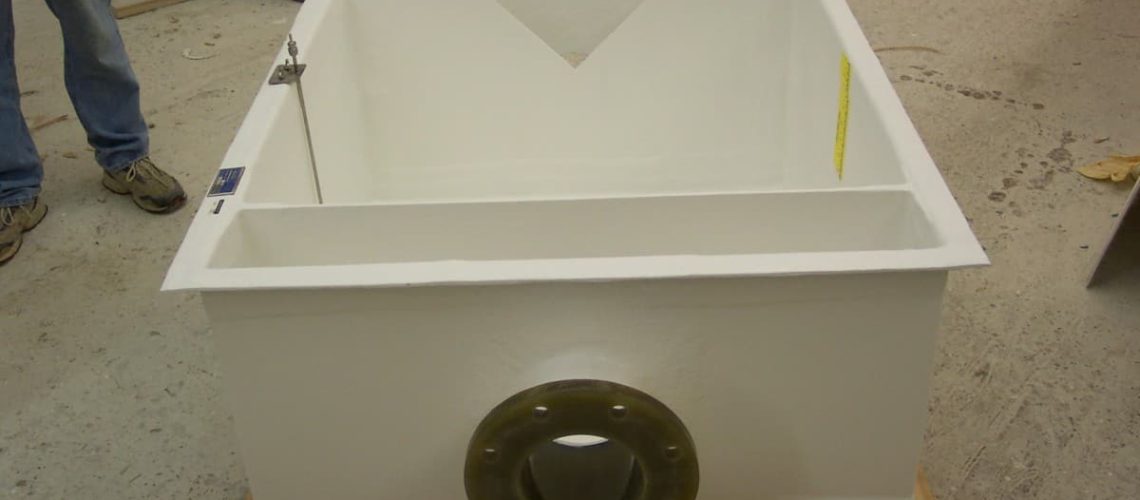Weir boxes are useful for taking flow rate measurements, but there are many issues people run into when they don’t know how to go about it properly. To make sure you’re getting the right readings, you need to know exactly how a weir box is meant to measure flow rate. Learn how to read weir measurements, and discover how to ensure that you’re getting accurate results.
Locate the Point of Measurement
The first step to reading weir measurements correctly is identifying the point of measurement. While the weir crest plays a major role in a weir’s function, it’s not actually the point of measurement. You’ll have to go a bit upstream to find the right spot. Specifically, the distance from the weir crest should be about three to five times the maximum anticipated head. Keep in mind that the zero point for measurement isn’t the bottom of the weir box. It’s actually farther up at a height of at least twice the maximum anticipated head from the floor. This is where the zero gauge should be set.
In some lower-quality weir boxes, you’ll find that the manufacturer has implemented a staff gauge on the face of the weir box by the weir plate. This is also common with portable and temporary weir plates. Unfortunately, any measurements taken from this gauge won’t be all that accurate. This is because the water surface level drops the closer it gets to the nappe, providing an inaccurate reading even if the gauge is zeroed correctly.
Account for Submergence
If your weir is submerged, you’ll have to implement the submergence ratio into your equation. Calculating this number can be tricky, but it just involves an extra measurement. The key is measuring the right spot, much like taking measurements within the weir box itself. You’ll need to locate the downstream head, which is generally 6 to 10 feet away from the weir crest. The zero reference for this will be the elevation of the weir crest itself.
Maintaining Accuracy
After taking your first measurement successfully, that doesn’t mean you’ll follow suit with every subsequent measurement, even if you do the same thing for each. This is because weir boxes won’t stay clean forever. As debris and other sediments build up on the floor of the weir box, the surface level of the flow will change because the dimensions of the box itself will have changed.
An increased floor elevation means the surface will no longer appear to be at the right spot if the weir gauge on the side didn’t rise along with the floor, and of course it won’t. That’s why it’s essential to regularly clean the weir box to avoid these kinds of miscalculations.
Weir Boxes From Tracom
Now that you know how to read weir measurements, you’re ready for a weir box of your own. For quality fiberglass construction, Tracom has got you covered. Contact our team today to start designing the perfect weir box for your unique flow channel conditions.



